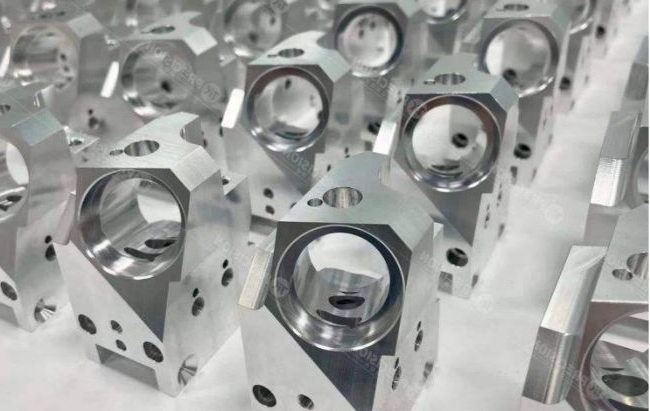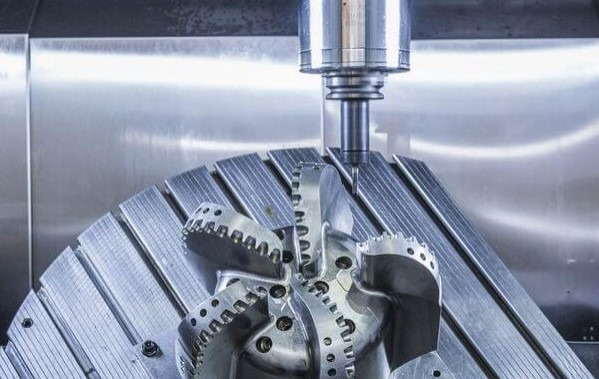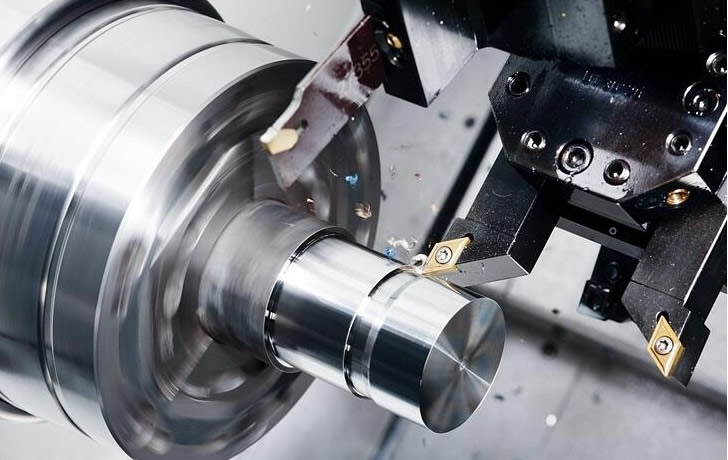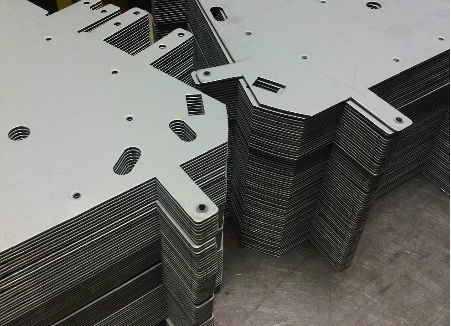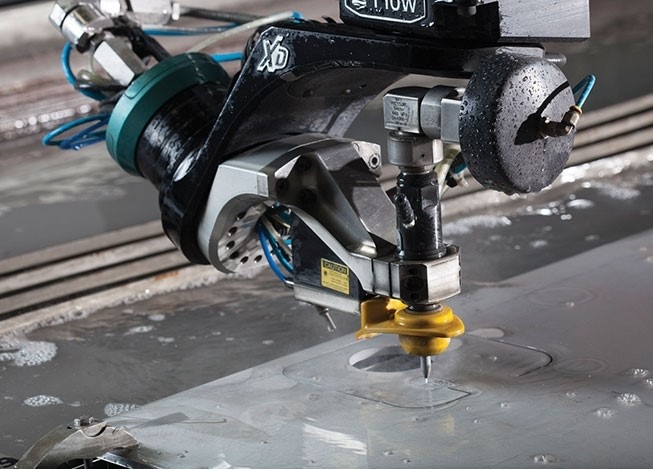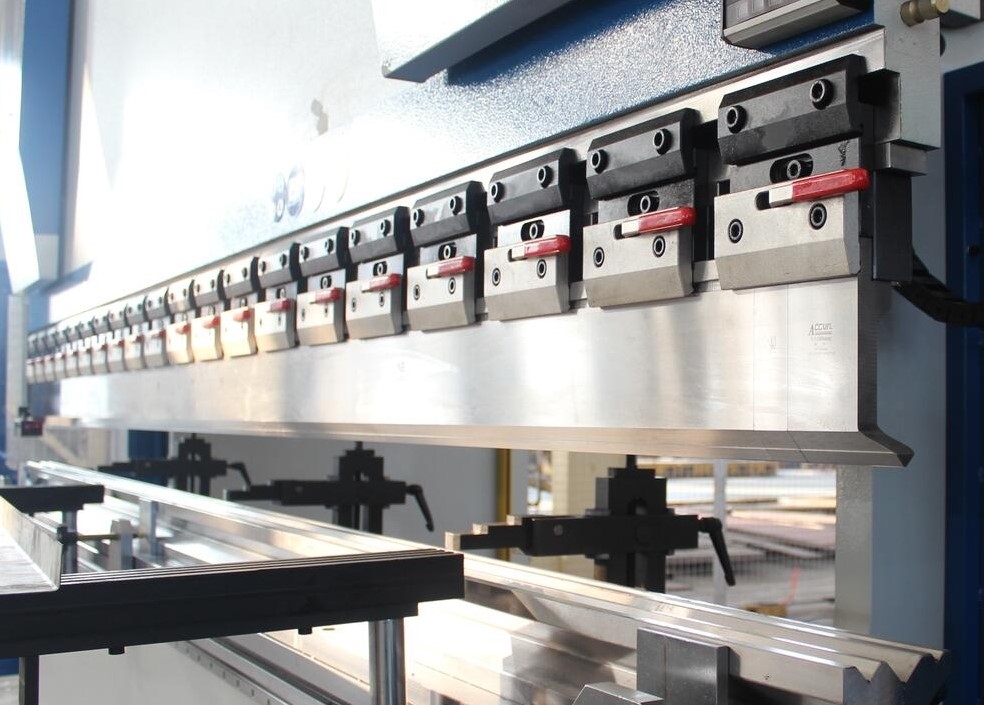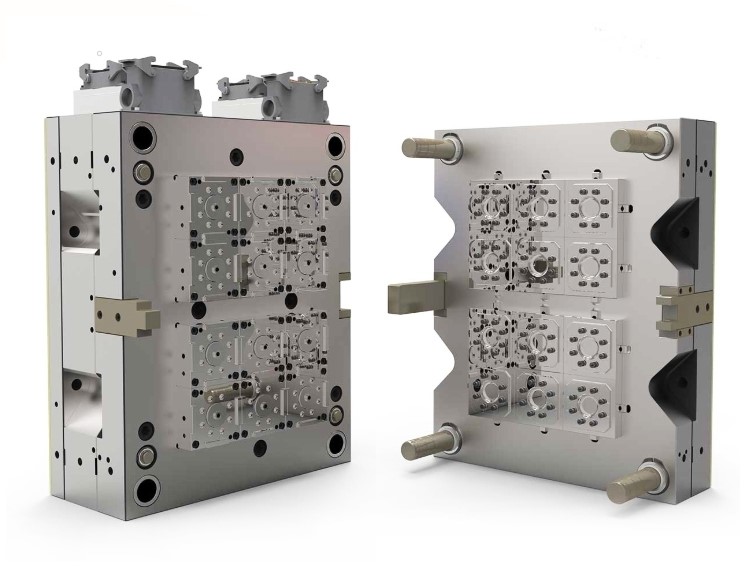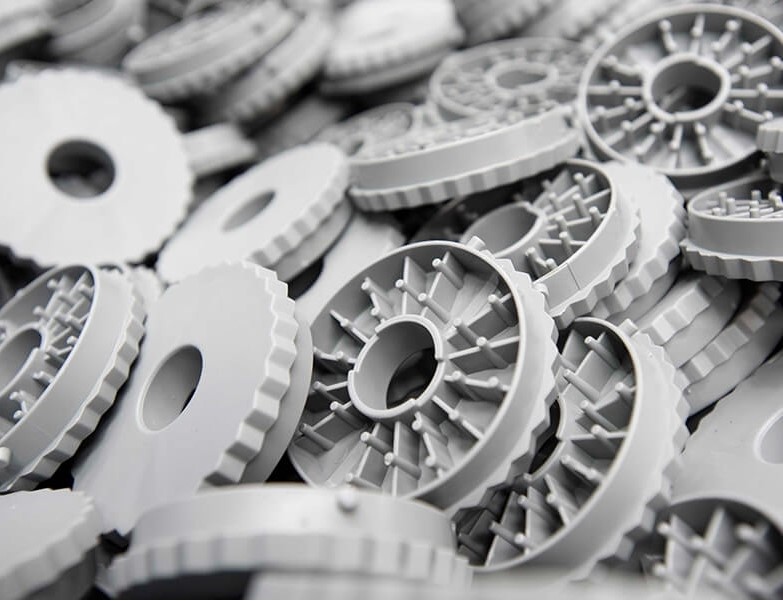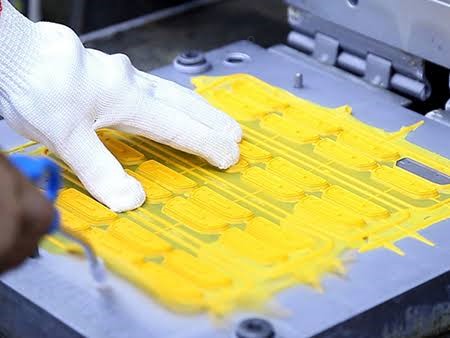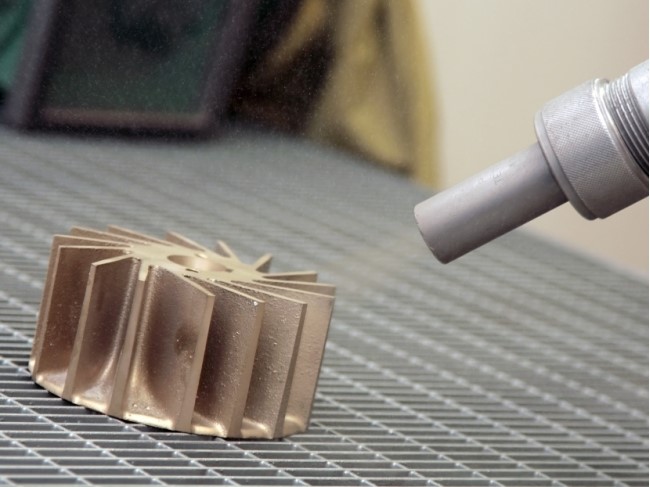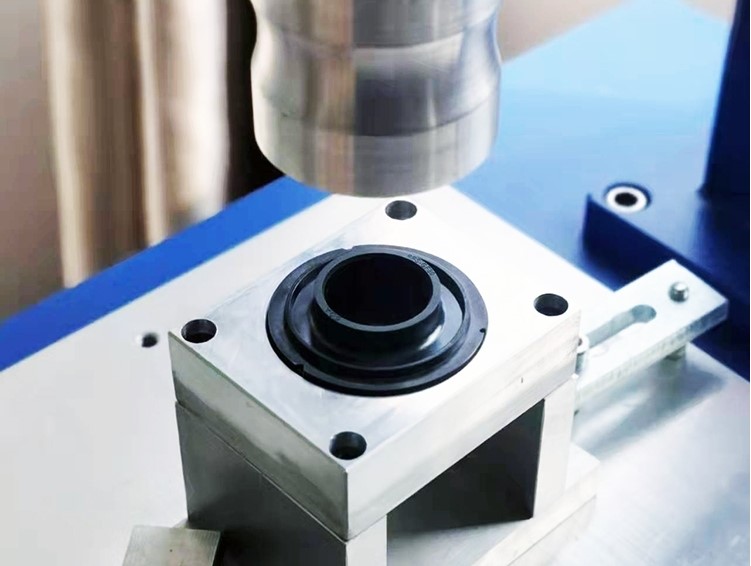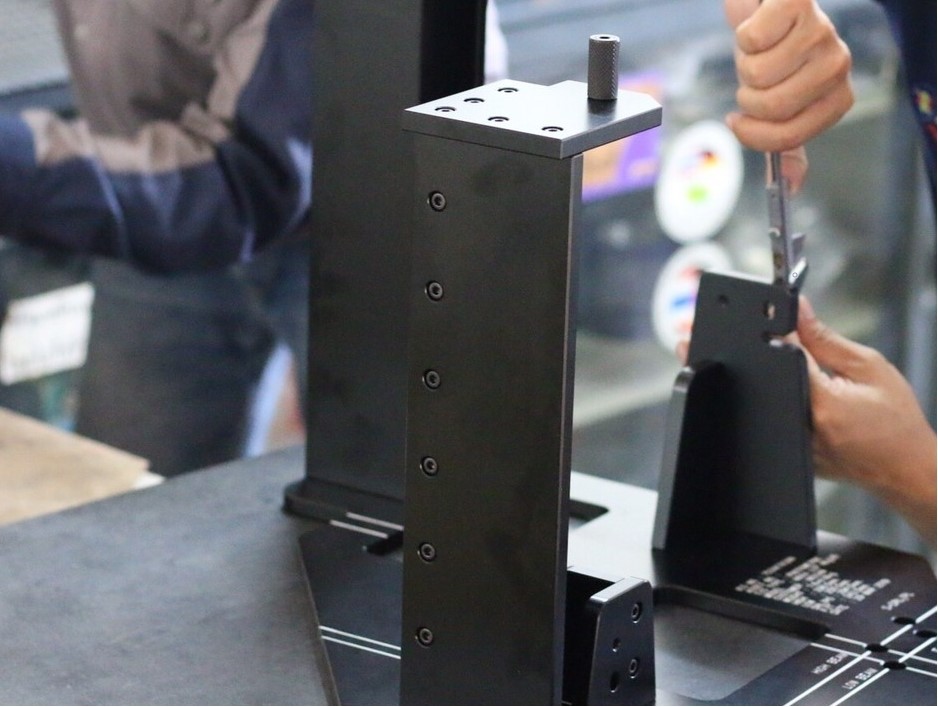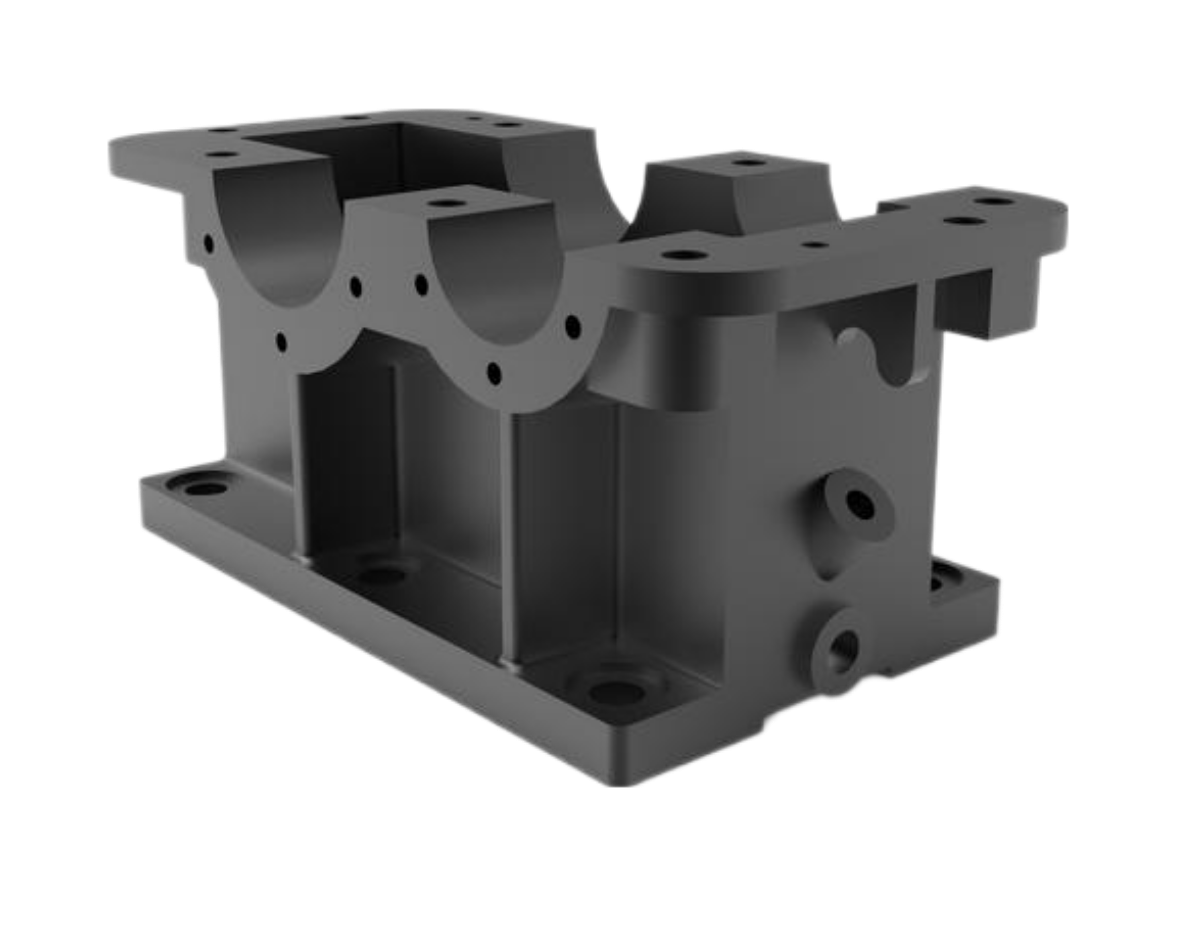
Design Tips
Naxtry's design tips aim to help optimize your product design for rapid prototyping and production. From CNC machining and sheet metal fabrication to injection molding, our experts offer valuable insights to ensure your design is optimized for high-quality and cost-effective manufacturing.
> 3-Day Lightning Delivery
> North America’s Top 10 One-stop Solutions
> 75+ Choices of Materials
CNC Machining Design Tips
Design for manufacturability is key for CNC machining. Keep in mind the material, tool access, and tolerance requirements. Simplify designs and reduce unnecessary complexity to improve machining efficiency and minimize costs.
Designing parts for CNC machining requires careful consideration of various factors to ensure optimal functionality, manufacturability, and cost-effectiveness.
Some design tips for CNC milling include optimizing the tool paths, using proper feeds and speeds, avoiding sharp internal corners, and choosing the right tool for the job.
Use proper tooling, optimize feeds and speeds, minimize tool changes, consider part orientation, and use appropriate materials when designing for CNC turning.
Sheet Metal Fabrication Design Tips
Laser cutting is a highly precise and efficient method of cutting various materials.Designing parts for laser cutting requires careful consideration to ensure optimal results.
Some design tips for CNC milling include optimizing the tool paths, using proper feeds and speeds, avoiding sharp internal corners, and choosing the right tool for the job.
Design sheet metal parts with minimum bends, large bend radius, uniform wall thickness, and consistent flange widths for ease of manufacturing and durability.
Injection Molding Design Tips
When designing for injection molding, consider factors such as wall thickness, draft angles, and undercuts. Also, ensure proper gate placement and avoid sharp corners or edges. Finally, choose suitable materials and finishes to achieve the desired part characteristics and appearance.
Design Tips of Plastic Injection Molding: Consider draft angles, wall thickness, and material selection for optimal part quality and production efficiency. Minimize undercuts and avoid sharp corners.
Some design tips for Rubber molding include ensuring uniform wall thickness, avoiding sharp edges, and providing draft angles for easy mold release.
Post-Processing Design Tips
Post-Processing are an important aspect of the manufacturing process. Some common Post-Processing include finishing, assembly, and packaging. When designing a product for Post-Processing, it is important to consider the specific requirements of each operation, such as the type of finish or the method of assembly. Proper planning and communication with the manufacturer can help ensure a successful outcome for your product.
Welding is an important manufacturing process used to join two or more pieces of metal or thermoplastics together.Designing parts for welding requires careful consideration to ensure strong and reliable joints.
Some design tips for assembly include designing parts that fit together with minimal gaps or interference, minimizing the number of assembly steps, and considering ease of access for assembly.
